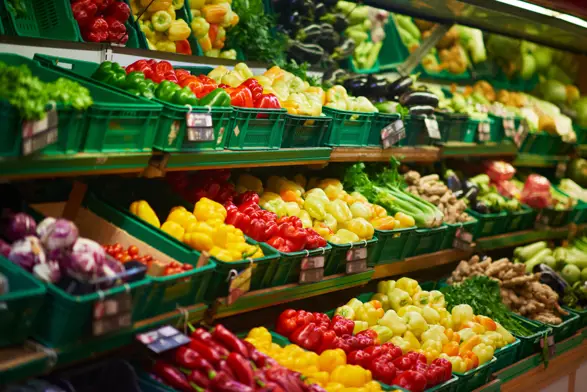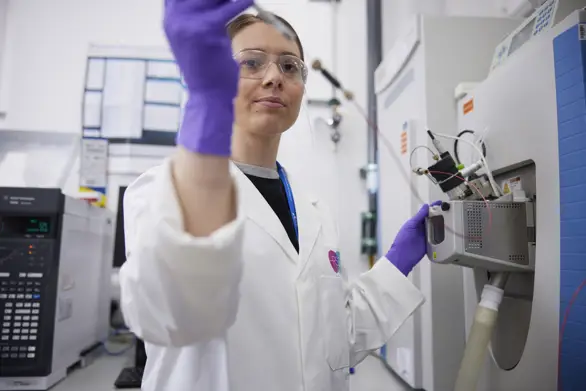Fruits and vegetables are naturally rich in vitamins but levels can vary significantly. Growing conditions, such as soil quality, light exposure and fertilisation, can affect the concentration of vitamins in the final fresh produce. Harvesting at different stages of growth can also influence nutrient levels, as can storage and packaging methods.
This variability has important implications for health claims substantiation which must demonstrate that the stated nutritional content of a product remains consistent throughout its lifecycle. Levels must be tracked and verified to address these concerns and satisfy regulators.
Read on to find out how RSSL meets this challenge and delivers highly relevant analytical data to successfully support health claim submissions.
We believe that establishing a strong framework for every project is crucial. Detailed discussions with our clients around project goals, timelines and any potential constraints or conditions that may impact our study are all part of this scoping phase.

We begin by determining which types and forms of vitamins are typically found in the fresh produce under analysis. This understanding informs our decisions around instrumentation, sample preparation and limits of quantification (LoQ). Vitamin B12, for example, is generally only found in animal-based products rather than fruits and vegetables so would not form part of this type of study.
Similarly, it’s important to know that vitamin A in plants is typically found in the form of carotenoids - rather than retinol which is animal-derived – and that plants are particularly high in lutein which should also be evaluated.
The next step involves considering which extraction method best suits the type of produce being analysed. Fruits, for instance, don’t typically contain significant levels of fat-soluble vitamins and have a higher organic acids content compared to vegetables. This makes them vulnerable to vitamin degradation, so we adjust the extraction process to avoid the loss of these valuable nutrients.
Similarly, we consider whether vegetables will be cooked before consumption and then select the best conditions for sample preparation prior to analysis.
Vitamin stability is one of the most critical factors in the analysis of fresh produce. Vitamins, especially sensitive fat-soluble ones like carotenoids, degrade rapidly when exposed to light and oxygen, which is why we recommend a swift sampling process after harvest. By working closely with our clients to minimise the time between harvest, transport and analysis, we maintain the integrity of vitamins in samples.
This stage is all about tracking the impact of various storage methods on vitamin content, such as frozen versus fresh. Given that vitamins in fresh produce degrade over time, we ask our clients to send samples to our lab directly after harvesting for immediate processing.
Once the samples arrive, we generally use a freeze-drying technique which, since fruit and vegetables contain around 95% water, allows us to concentrate the vitamins by around 20 times and lower the limit of quantification (LoQ) - resulting in more accurate data with reduced sample volumes.

Nature plays a huge role in vitamin levels, with soil type, growing conditions and changes in the weather all causing fluctuations. We address this inherent variability by working with a large cross section of samples taken at different times and locations. This carefully created composite sample ensures our analysis is based on typical vitamin levels in the produce and provides statistically significant results.
By understanding both the natural levels of vitamins in fruits and vegetables, as well as the factors that affect them, RSSL consistently delivers accurate and reliable data that not only helps to support health claims but improve product quality too.
You need to be confident that labels are correct and claims are fully substantiated to meet industry standards. Our ISO-accredited laboratories provide rapid and reliable testing for a wide range of vitamins and minerals. Find out more about our support or get in touch.